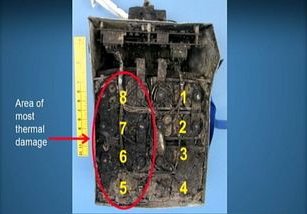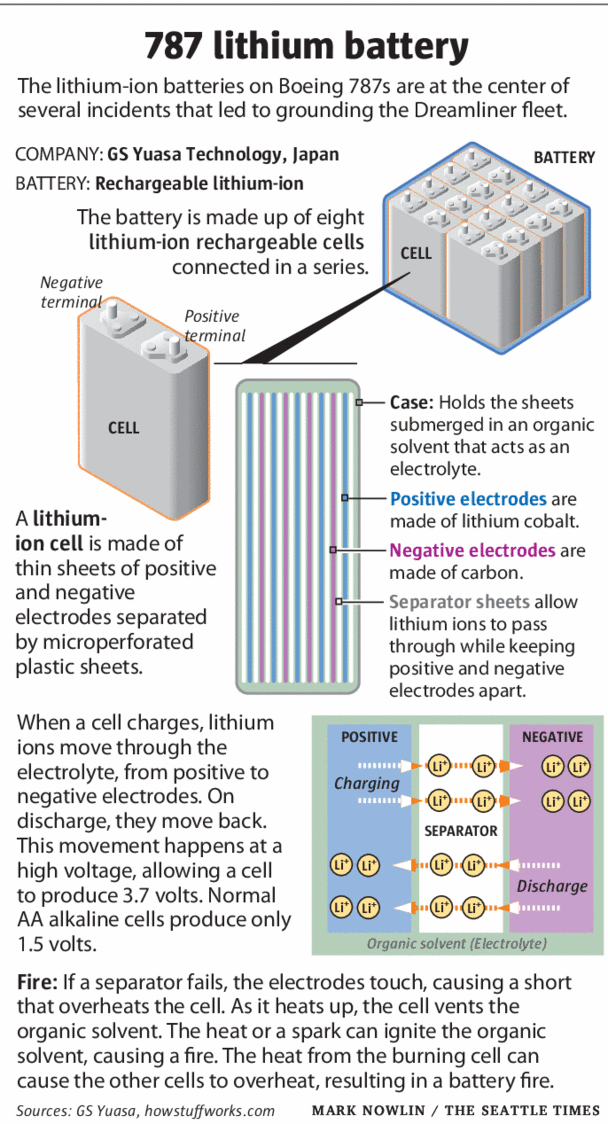A Theory about the Boeing 787
Lithium-Ion Battery Problem
Gary HawkinsMarch 26, 2014
It remains a mystery


I want travelers to feel safe, want to see Boeing do well, planes made/sold, stock increase,
have the mystery cleared up and right here at the moment describe a possible cause and
give other people a chance to chime in about this theory.

